If you’ve ever asked yourself, “How long should I wait for my muscles to recover after a workout?”—you’re not alone. Muscle recovery is one of the most misunderstood aspects of training, yet it plays a vital role in strength gains, injury prevention, and long-term progress. Let’s break down the science of recovery and explore how long muscles actually take to repair and grow stronger.
What Is Recovery in Fitness?
Recovery in fitness refers to the time your body needs to repair muscle tissues that were stressed or damaged during exercise. This isn't just about feeling "less sore"—it's a complex physiological process where muscle fibers heal, rebuild, and become stronger than before. Effective recovery includes rest, nutrition, hydration, sleep, and mental relaxation.
When Does Muscle Repair Happen?
Muscle repair starts almost immediately after you stop training. Your body kicks off the inflammatory process to clear out damaged cells and signals for muscle protein synthesis to begin. The most significant muscle-building activity happens during rest—especially while you sleep. That’s when the real transformation occurs.
How Long Do Muscles Take to Recover?
The average muscle recovery time varies based on the muscle group, workout intensity, age, nutrition, and sleep quality. Here’s a general guideline:
-
Small muscle groups (like biceps or shoulders): 24–48 hours
-
Large muscle groups (like legs or back): 48–72 hours
-
High-intensity lifting or eccentric training: Up to 5–7 days
Weightlifting recovery time isn’t one-size-fits-all. A hard leg day with deep squats may require 72 hours or more, while a light upper-body pump session could be fine with just 24 hours.
How Long Do Specific Muscle Groups Take to Recover?
-
Shoulders: Since shoulder muscles are smaller and used in many upper-body lifts, they generally need 48 hours, but longer if you've trained heavy or to failure.
-
Legs: Due to their size and the intensity of lower-body training, leg muscles often take 48–72 hours to fully recover.
-
Core/abs: Typically recover faster (24–48 hours), but overtraining can lead to slower healing.
Should I Let My Muscles Fully Recover Before Training Again?
In most cases, yes—especially if you’re training for strength or hypertrophy. Muscles grow during recovery, not during the workout itself. Training too soon increases the risk of overtraining, plateau, or injury.
However, there are strategic exceptions. Light activity or “active recovery” like walking, yoga, or low-intensity cycling can actually speed up the recovery period after exercise by improving circulation and reducing muscle stiffness.
Why Are My Muscles Taking So Long to Recover?
If you feel like your recovery is dragging on, consider these common culprits:
-
Inadequate protein or calorie intake
-
Poor sleep quality
-
Dehydration
-
High stress levels
-
Not enough rest between training sessions
-
Overuse injuries or underlying conditions
In my early 30s, I hit a wall training six days a week. I was chasing PRs but constantly sore, sluggish, and mentally burned out. I finally scaled back to a four-day split with two dedicated recovery days. Not only did my performance bounce back, but my gains actually accelerated. Recovery wasn’t weakness—it was the missing piece.
How to Optimize Your Training Recovery Time
-
Prioritize Sleep: Aim for 7–9 hours a night. Growth hormone release peaks during deep sleep.
-
Hydrate Well: Muscles are about 75% water—dehydration slows repair.
-
Eat Smart: Focus on whole foods, lean proteins, healthy fats, and complex carbs.
-
Listen to Your Body: Persistent soreness means more rest is needed.
-
Use Active Recovery: Gentle movement helps flush out waste products like lactic acid.
-
Plan Your Training Wisely: Don’t train the same muscle group two days in a row.
What Is Recovery Time in Exercise—and Why It Matters
Recovery time in exercise refers to how long it takes your body to return to its pre-exercise state. It affects how often you can train, how hard you can push, and how your body adapts. Skipping recovery is like hammering a cracked foundation—you won’t build anything stronger until you fix the damage.
Final Thoughts
So, how long does muscle repair take to heal? It depends—but honoring your body’s need for rest is just as important as your sets and reps. Whether it’s 30 hours or 72, recovery isn’t wasted time—it’s growth time.
Remember: rest isn’t the opposite of training—it’s part of it. If you train hard, eat right, and recover smarter, you’ll not only prevent burnout but unlock better results with fewer setbacks.




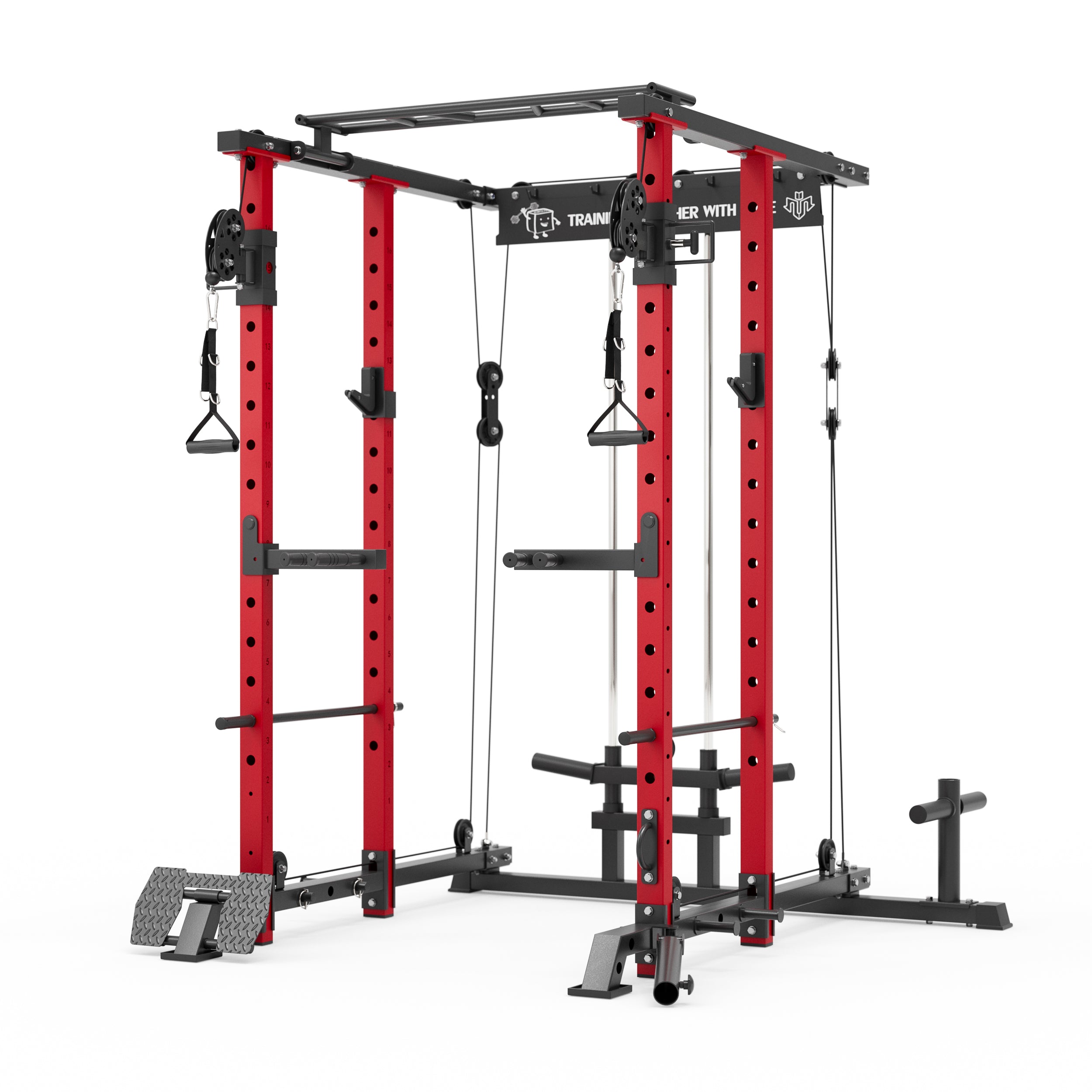


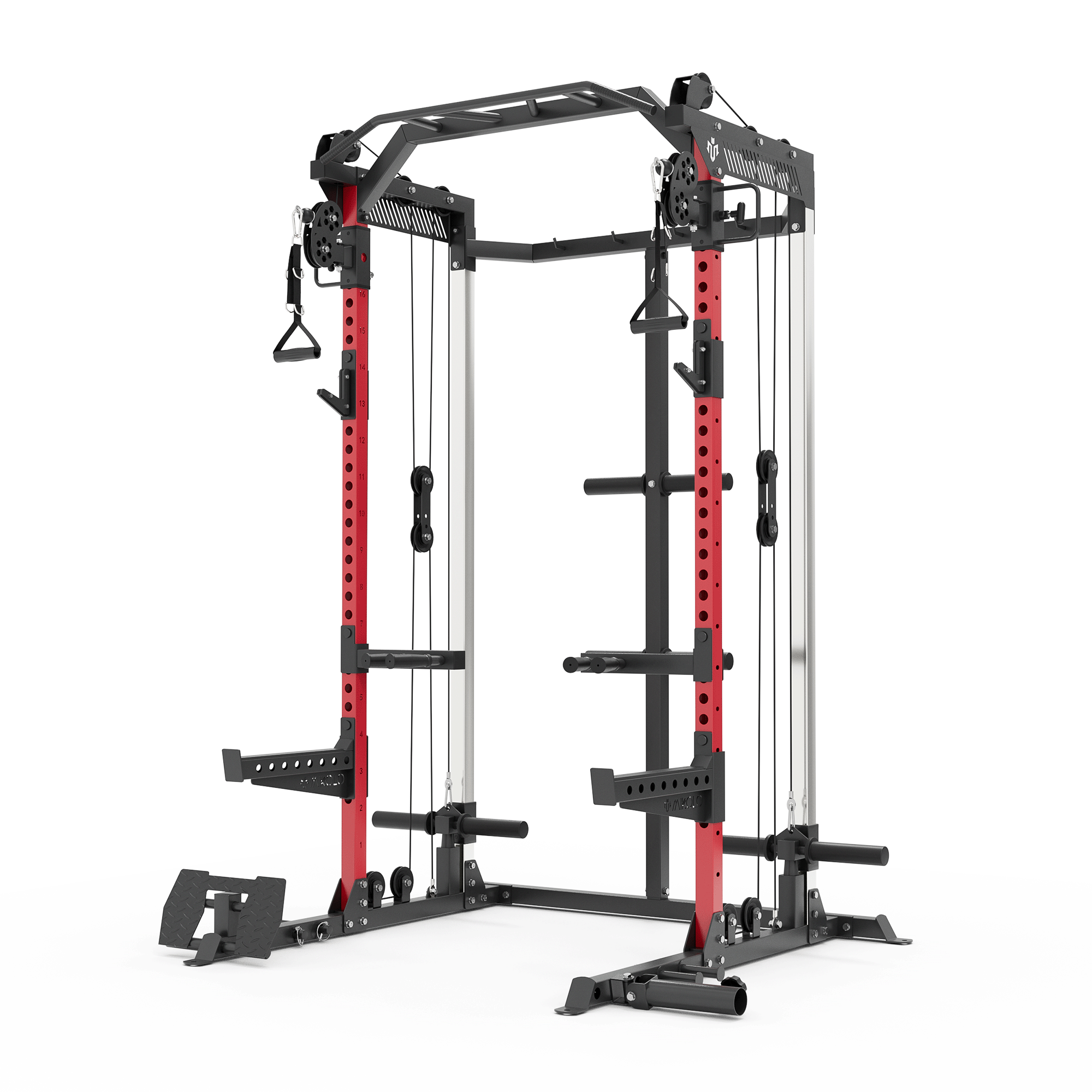


















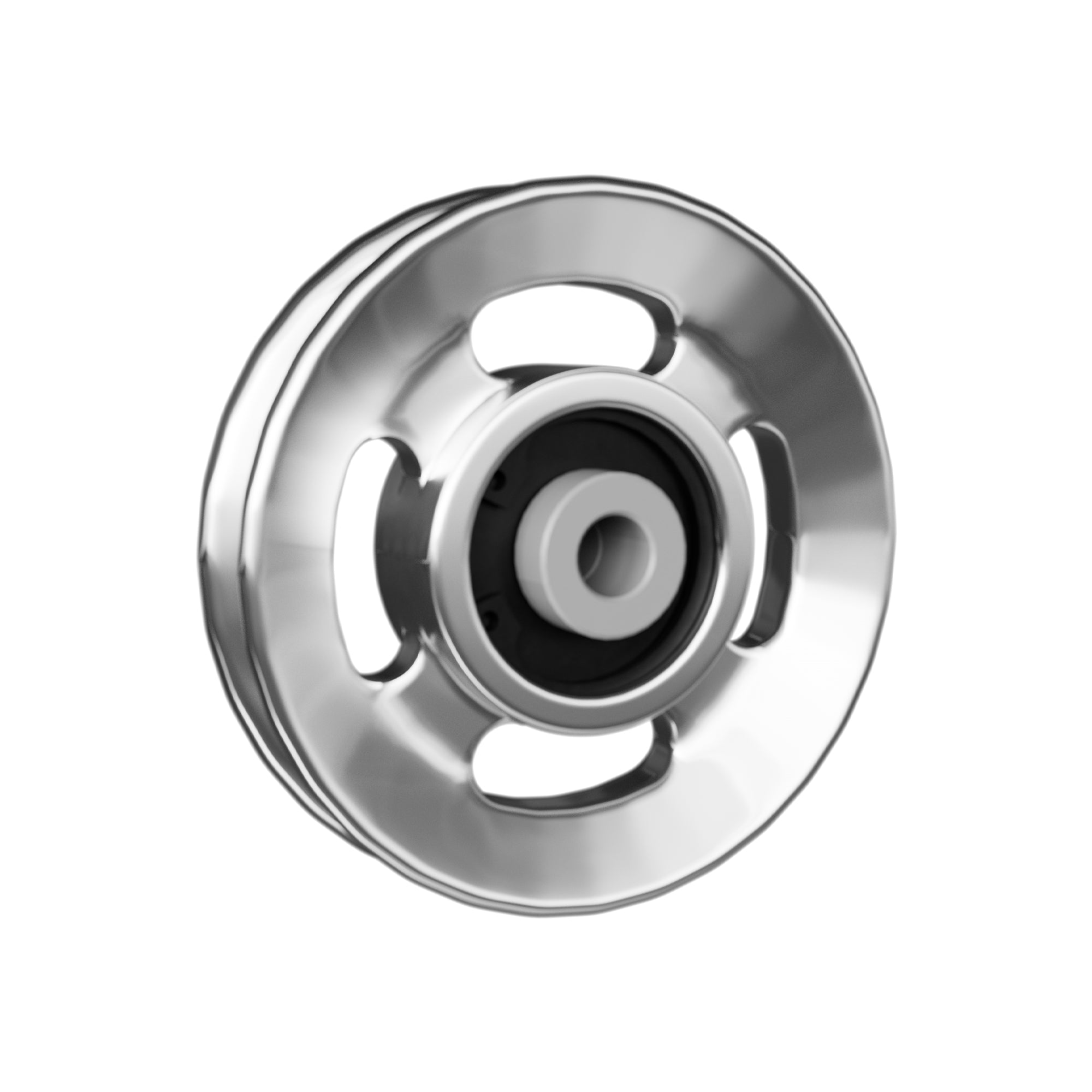



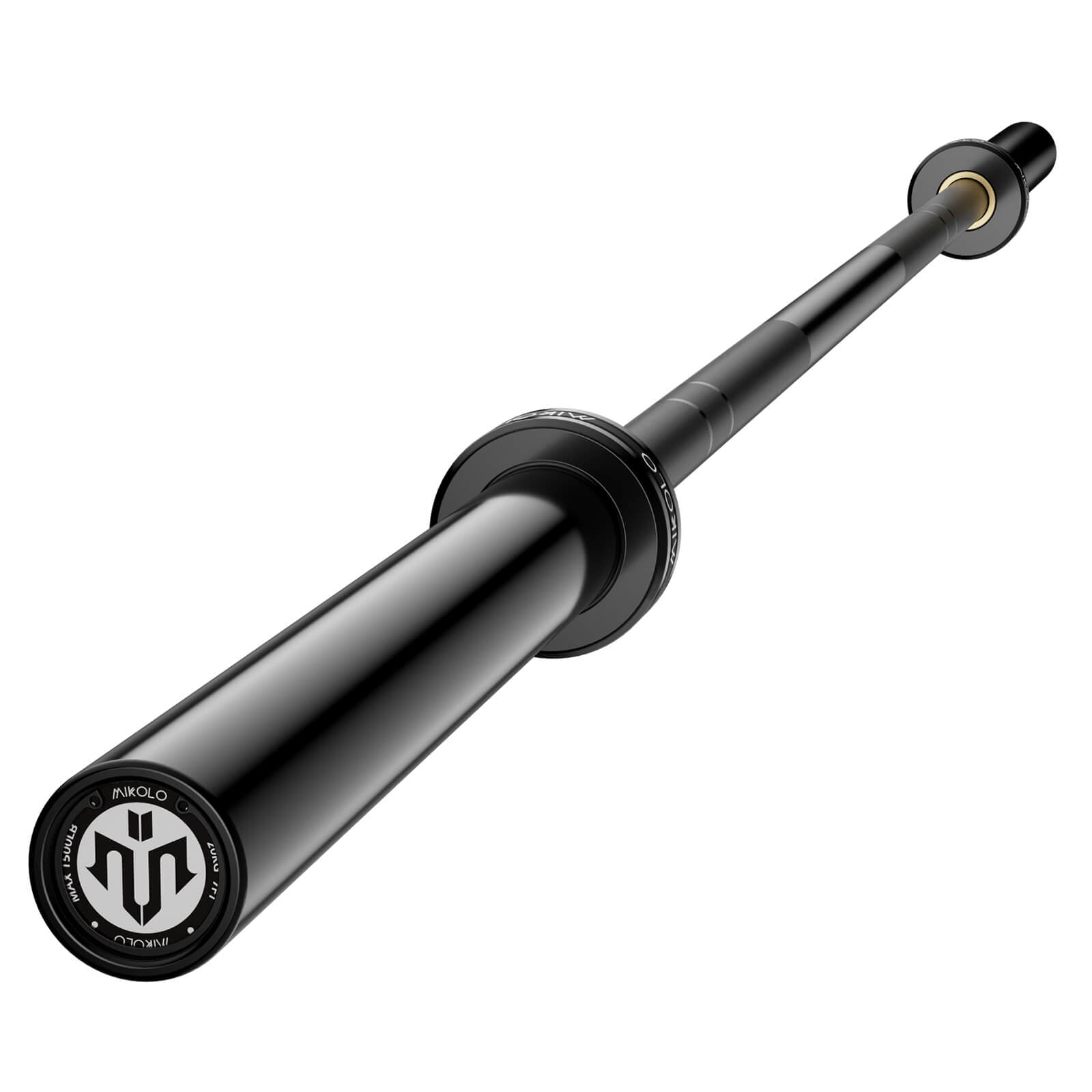
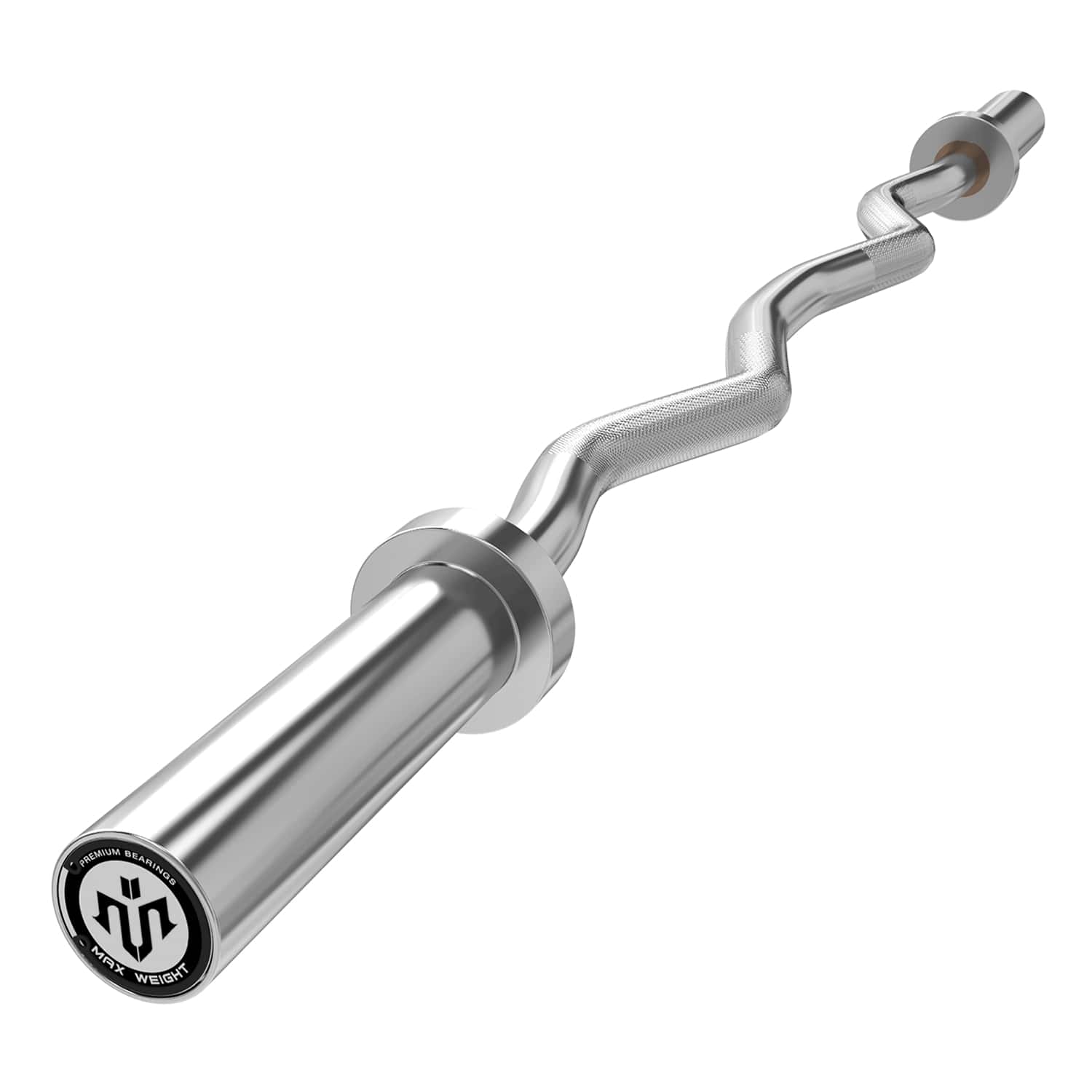



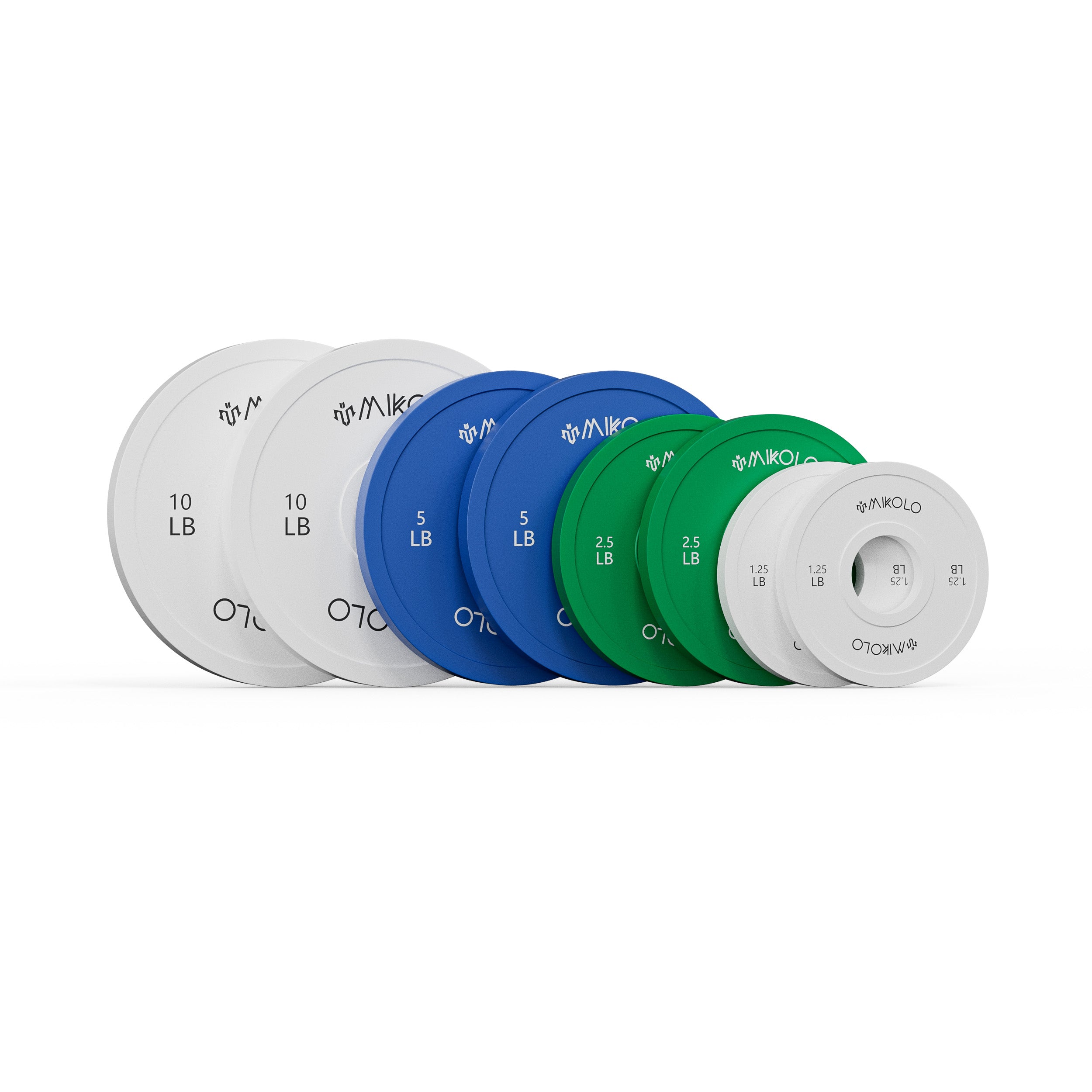



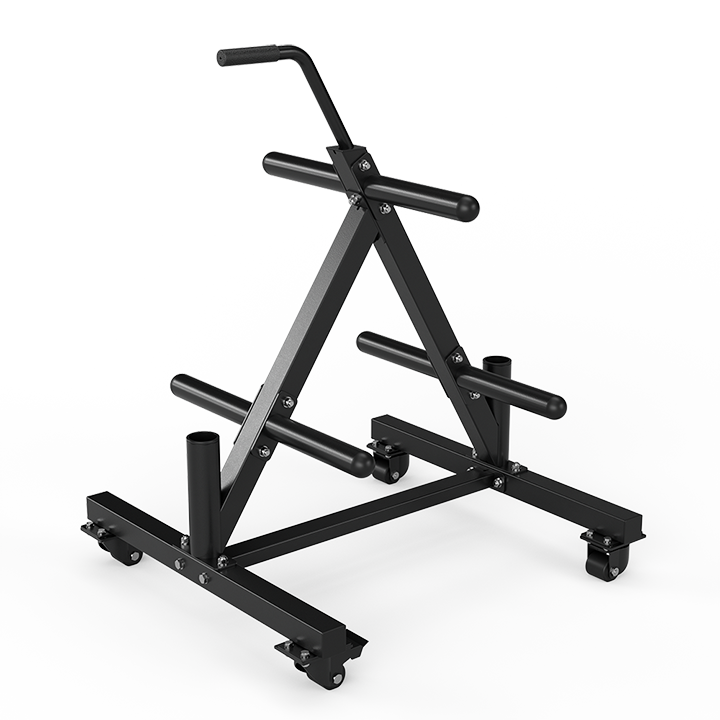






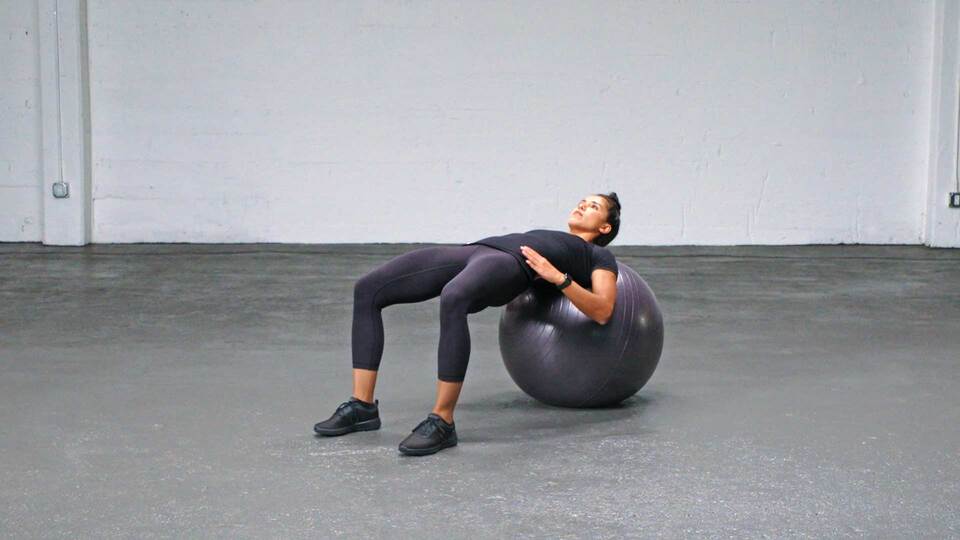
Leave a comment
This site is protected by hCaptcha and the hCaptcha Privacy Policy and Terms of Service apply.